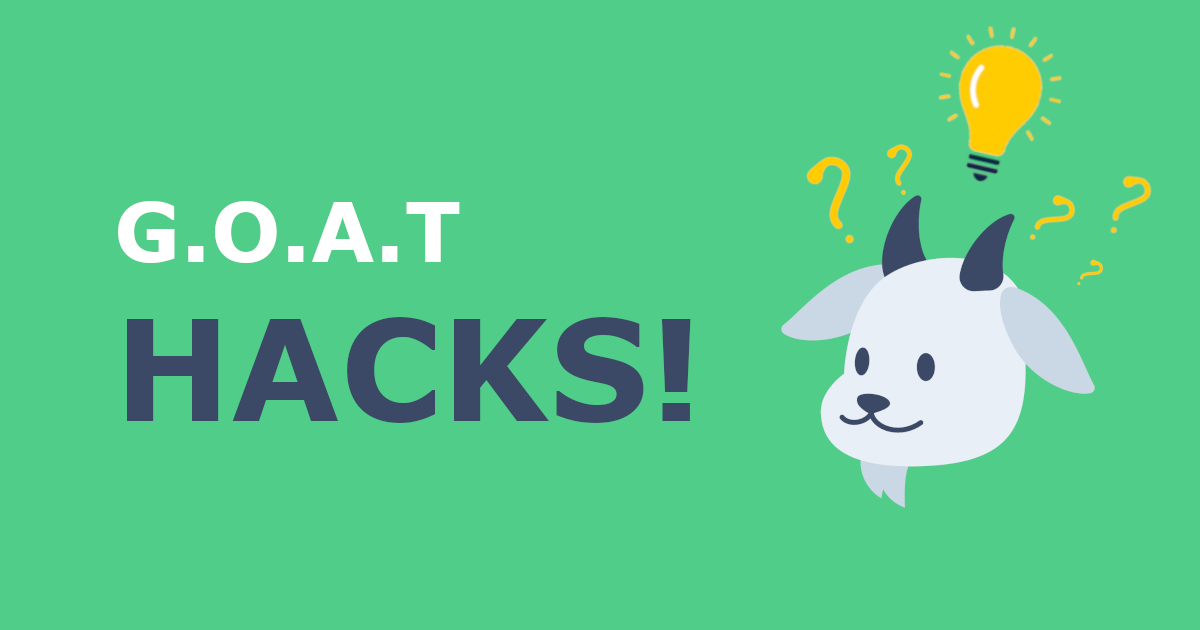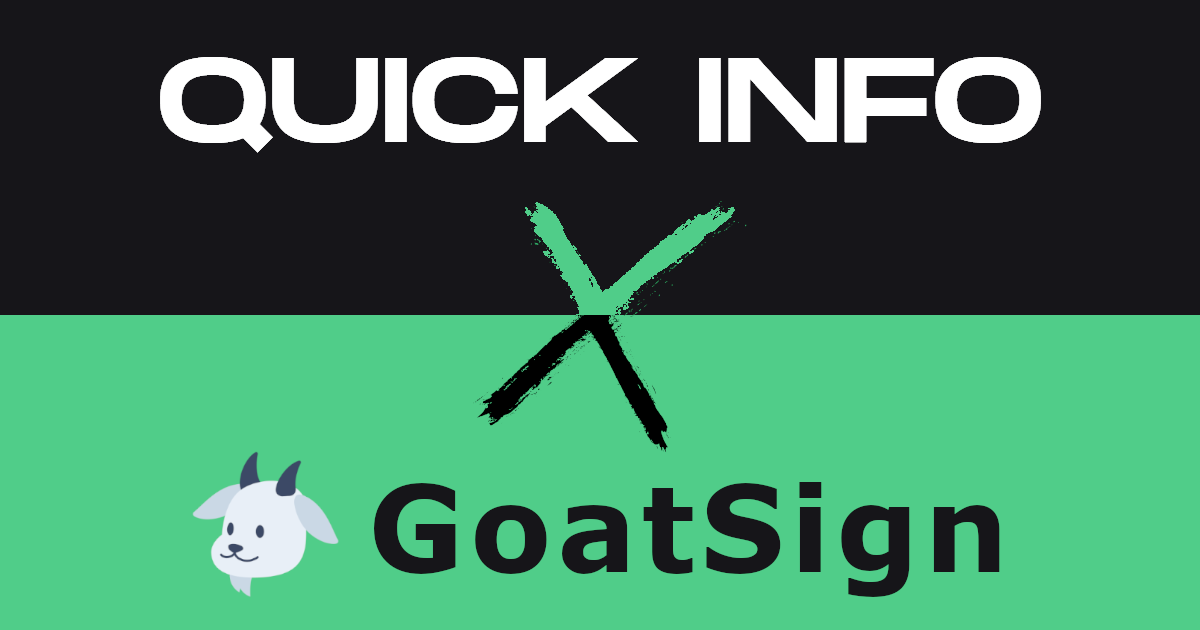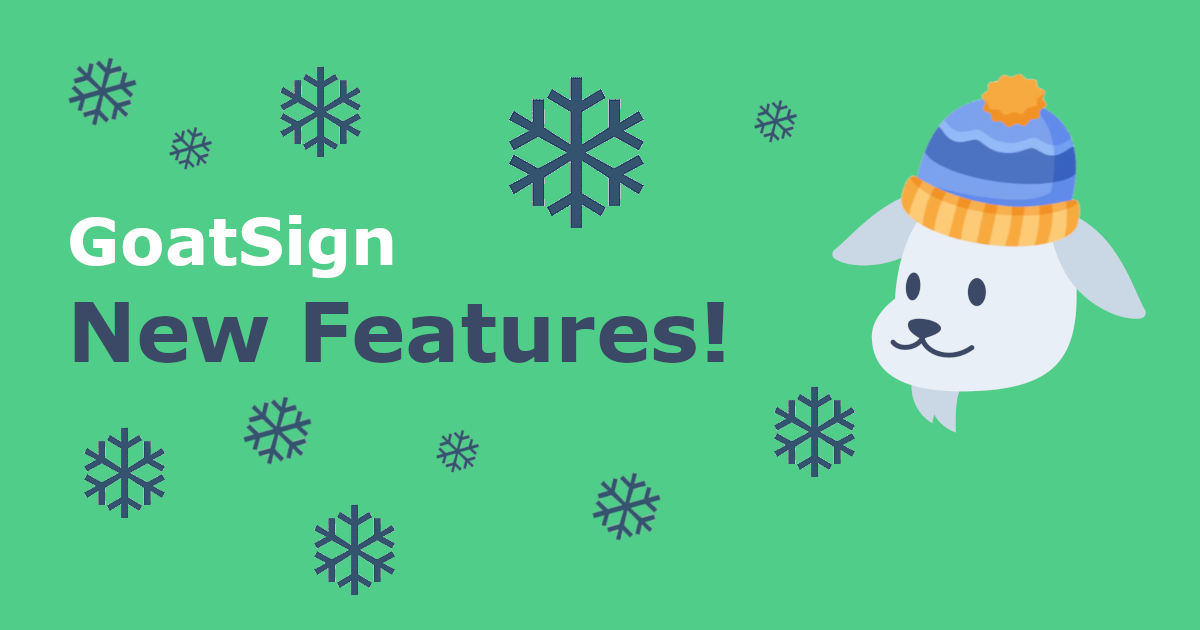Posted By : Malthe Vinter 26.03.2025
11 Worst Procurement Mistakes

Welcome to another G.O.A.T. Hack!
We love helping you become the Greatest of All Time at managing contracts, workflows, and everything in between. Today, we’re diving into a common battlefield: procurement. Whether you’re running a lean startup or managing a sprawling procurement team, dodging these mistakes will save you time, money, and a ton of headaches.
Let’s get you from "oops" to optimized.
The 11 Worst Procurement Mistakes (and How to Fix Them)
Procurement isn’t just about buying stuff. It’s about strategic partnerships, cost management, compliance, and enabling the rest of the business to thrive. But even the best teams fall into traps that can cost a fortune or delay critical operations.
Here are the 11 biggest procurement mistakes (inspired by our popular LinkedIn carousel) and how to fix them.
1. The Supplier Loyalty Illusion
Sticking with underperforming suppliers just because they've been around forever might seem loyal, but it can seriously hinder growth. You risk missing out on better pricing, innovation, or service improvements. Instead of defaulting to familiarity, regularly evaluate your suppliers and benchmark their performance. It’s about staying competitive, not sentimental. For a deeper dive, check out the CIPS Guide to Supplier Relationship Management.
2. Contract Chaos
When contracts are scattered across inboxes, desktops, and dusty filing cabinets, the result is missed deadlines, forgotten auto–renewals, and general disarray. Without visibility, you can’t act proactively. Centralizing contract management through a digital platform like GoatSign.
3. Cost–Only Focus
Choosing suppliers based solely on price often leads to hidden costs later on. You may end up compromising on quality, reliability, or support. According to a study by Bain & Company, companies that incorporate Total Cost of Ownership (TCO) into supplier decisions often realize better long–term value by factoring in not just the purchase price, but also delivery, service, downtime, and lifecycle costs. True procurement pros think holistically—not just about the cheapest option upfront, but about sustainable savings and performance over time. You can read more in Bain's report, A Fresh Look at Procurement.
4. One–Supplier Dependence
Relying heavily on a single supplier might feel efficient—until that supplier raises prices, delays shipments, or disappears. This dependence is risky and can paralyze operations. Smart procurement means having a backup plan, diversifying supplier relationships, and never putting all your purchase orders in one basket. Consider dual–sourcing critical components to reduce risk.
5. Manual Approval Bottlenecks
Still using email chains and printouts to get purchase approvals? That’s a recipe for delays and bottlenecks. When stakeholders are stuck in outdated workflows, everyone loses time. Automation through digital approval platforms, like GoatSign, can speed things up, keep everyone in the loop, and eliminate frustrating back–and–forth. See how it works with SignForms: Self-Service Waivers in Action.
6. No Visibility Trap
If you can't see how much you're spending or who you're spending it with, you're flying blind. A lack of spend visibility often results in budget overruns, unauthorized purchases, and missed opportunities for consolidation or negotiation. According to Deloitte’s 2023 Global Chief Procurement Officer Survey, companies that leverage advanced spend analytics report stronger cost reduction performance and improved decision–making. Implementing spend analytics gives you real–time insights into procurement patterns, enabling smarter, more strategic decisions.
7. Reactive Buying Habits
When you're constantly reacting to urgent needs, procurement becomes a fire drill. This means paying premium prices, rushing decisions, and missing opportunities. Proactive procurement involves forecasting demand, planning purchases, and setting up vendor agreements in advance. It’s about getting ahead, not catching up. Try setting up quarterly sourcing calendars aligned with business goals.
8. Poor Stakeholder Collaboration
Procurement is no longer just a cost–control function—it’s a strategic lever that touches nearly every part of the organization. When procurement teams operate in isolation, they often miss valuable insights from other departments, leading to misaligned goals and inefficiencies. As McKinsey & Company highlights in their article A new era for procurement: Value creation across the supply chain, companies that embed procurement into broader cross–functional collaboration unlock significant value. These organizations are better equipped to respond to supply chain disruptions, align sourcing with business priorities, and accelerate innovation. To achieve these outcomes, procurement must engage stakeholders early and often—making collaboration a core capability, not an afterthought.
9. Compliance Blind Spots
Skipping over compliance—whether regulatory, ethical, or internal—can be a costly misstep. It opens the door to legal risks, fines, and reputational damage. By setting up clear compliance policies and leveraging tools like GoatSign, you ensure everything is above board and traceable. Pro tip: assign a compliance champion within the procurement team.
10. Overcomplicated RFQ/RFP Processes
Complexity for complexity’s sake doesn’t win you better suppliers—it just drives the good ones away. Long, convoluted RFQ or RFP processes frustrate vendors and internal teams alike. Keep your documents concise, your questions relevant, and your process smooth. Using digital submission forms with guided fields can simplify things immensely.
11. Signature Bottlenecks
Nothing derails a deal like waiting endlessly for signatures. Whether it’s internal approvals or supplier confirmations, delays at this stage can grind momentum to a halt, frustrating stakeholders and jeopardizing timely procurement. These signature lags often stem from outdated, manual processes—think printing, signing, scanning, and emailing documents back and forth. Not only is it inefficient, but it also increases the chances of errors or missed deadlines.
With modern e–signature tools like GoatSign, these bottlenecks are a thing of the past. Contracts can be signed from any device, at any time, whether your approver is in the office or halfway around the world. Real–time tracking provides visibility into who has signed and who hasn’t, and automated reminders keep the process moving. It’s not just faster—it’s smarter, more secure, and a key step toward fully digital procurement operations.
Actionable Takeaways
- Review supplier performance annually
- Centralize and digitize your contract management
- Move from cost–only to value–driven procurement
- Collaborate early and often with stakeholders
- Automate approvals and track every signature
Ready to Leave the Mistakes Behind?
The best procurement pros don’t just avoid mistakes—they build smarter, faster systems that help the entire business shine.
Start your journey to procurement greatness. Try GoatSign today and kick contract chaos to the curb.

